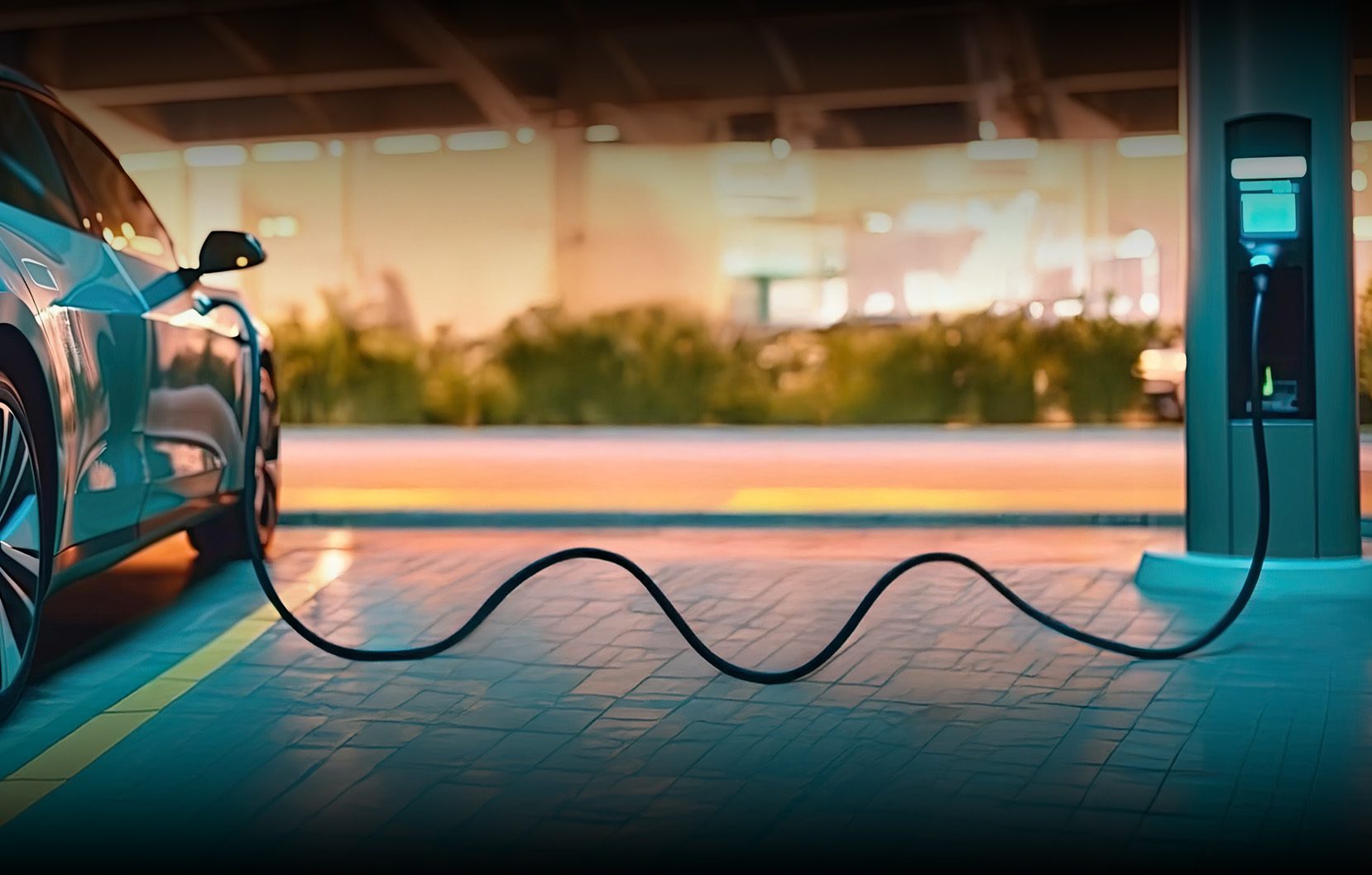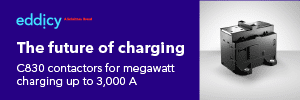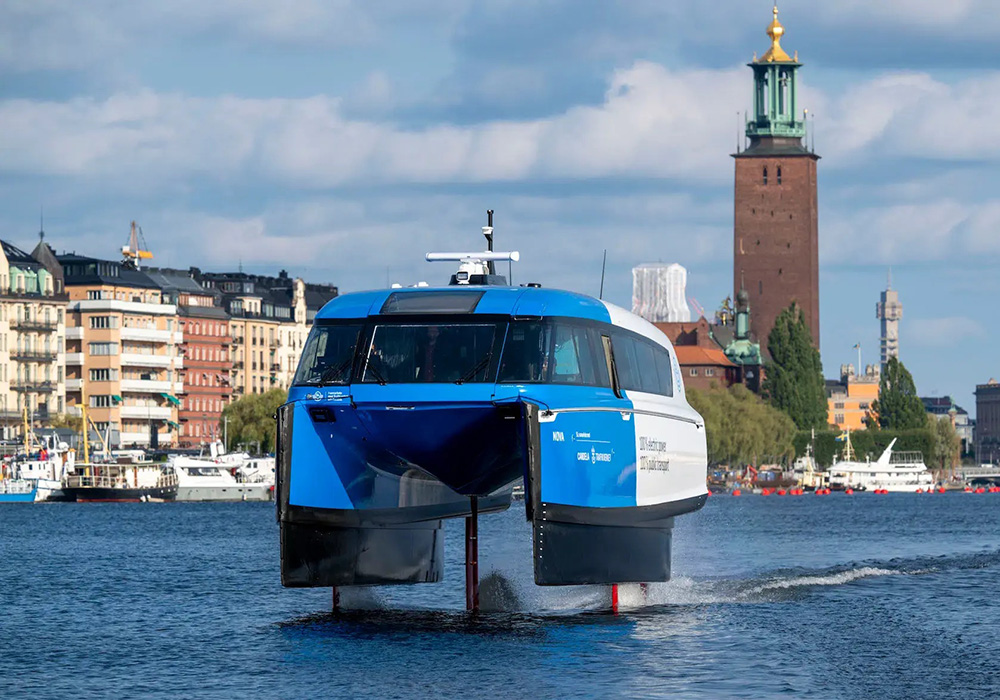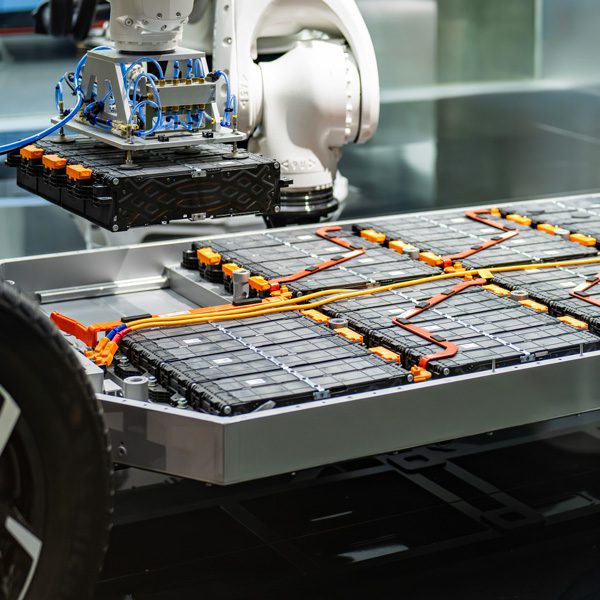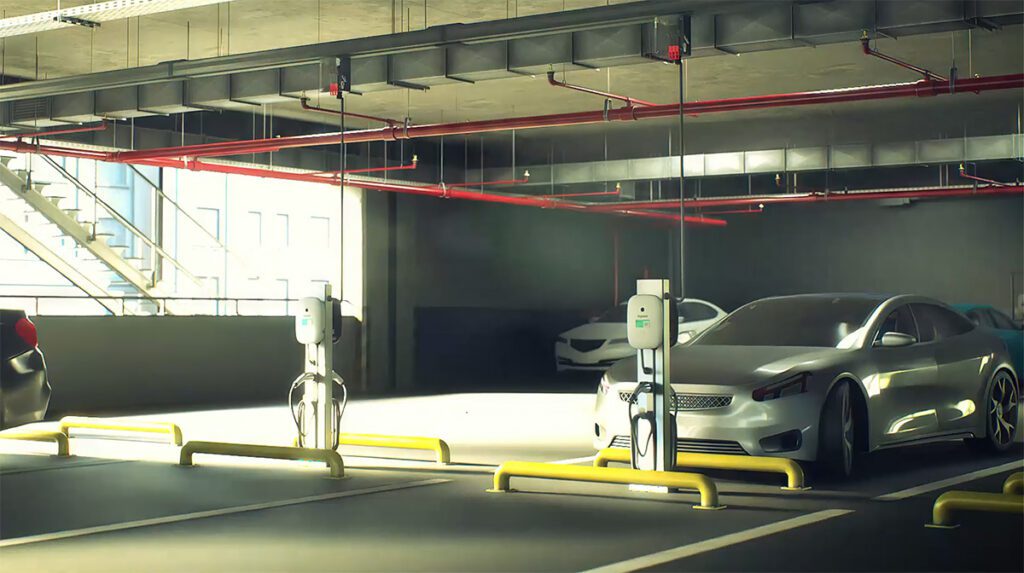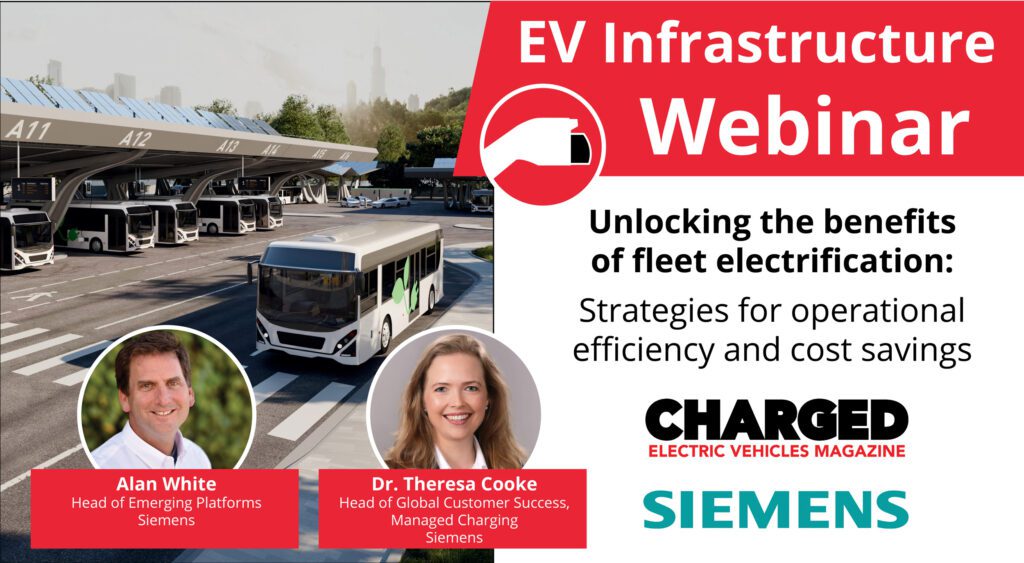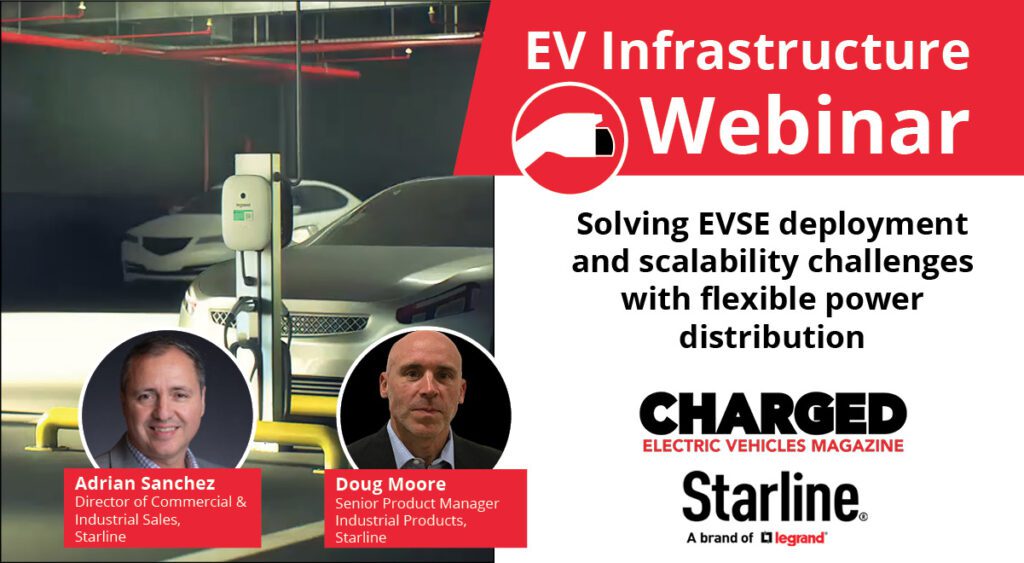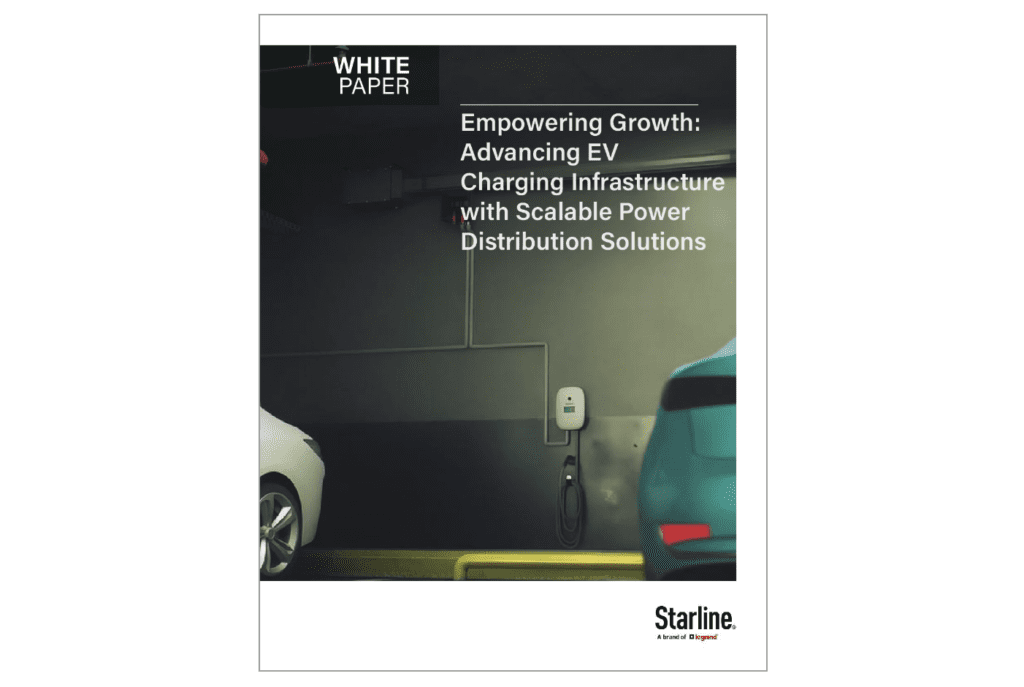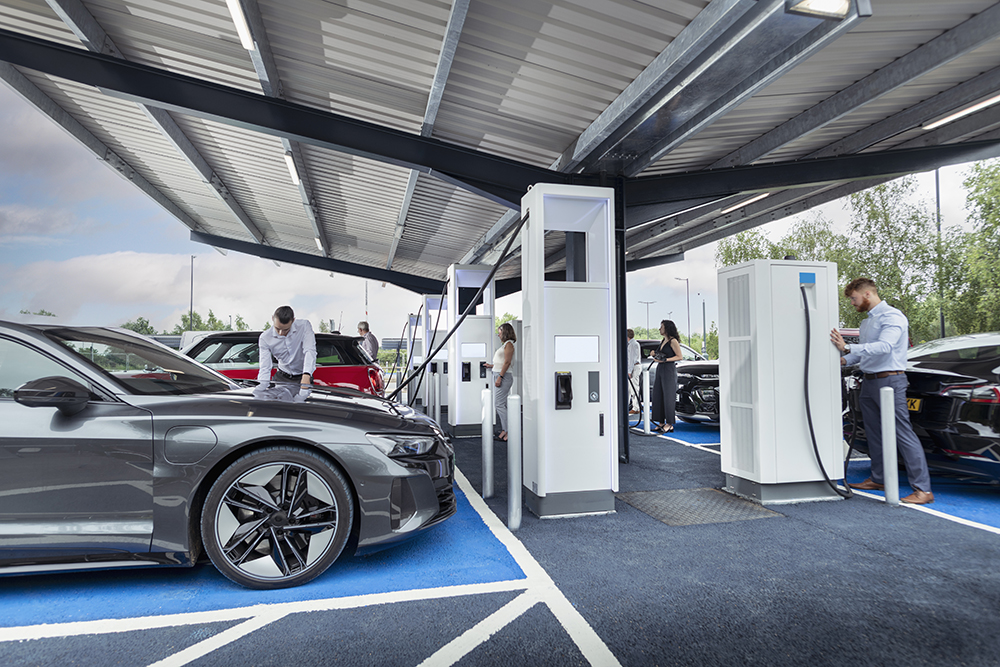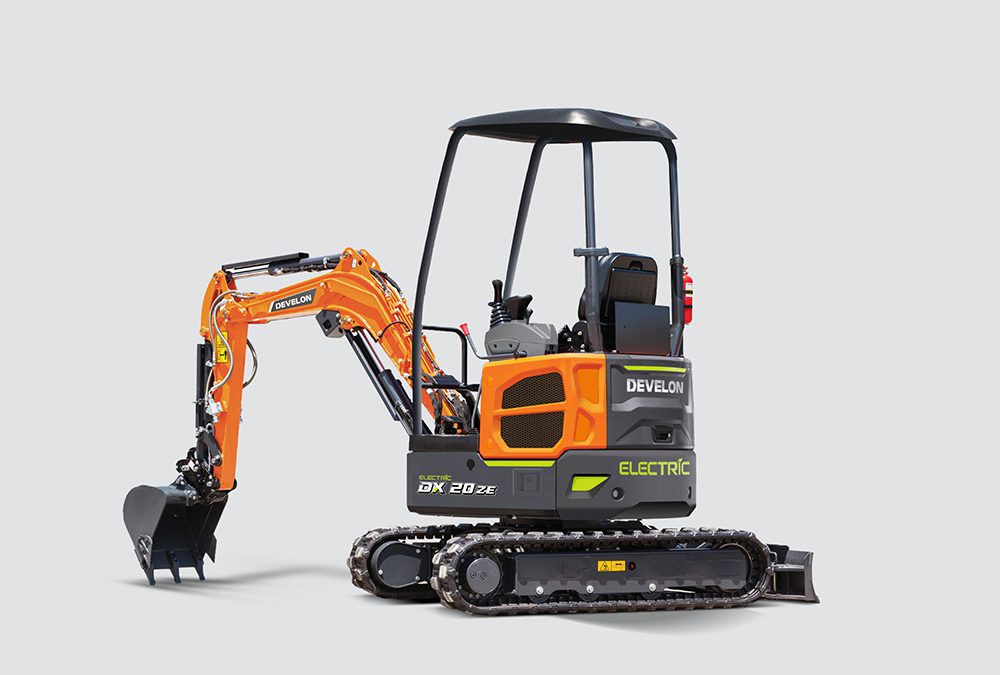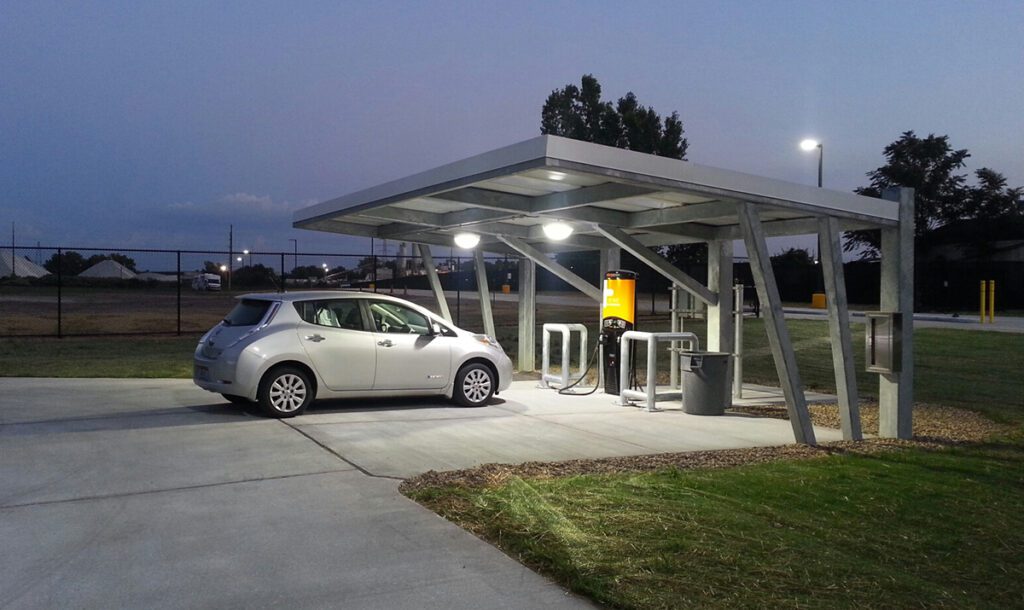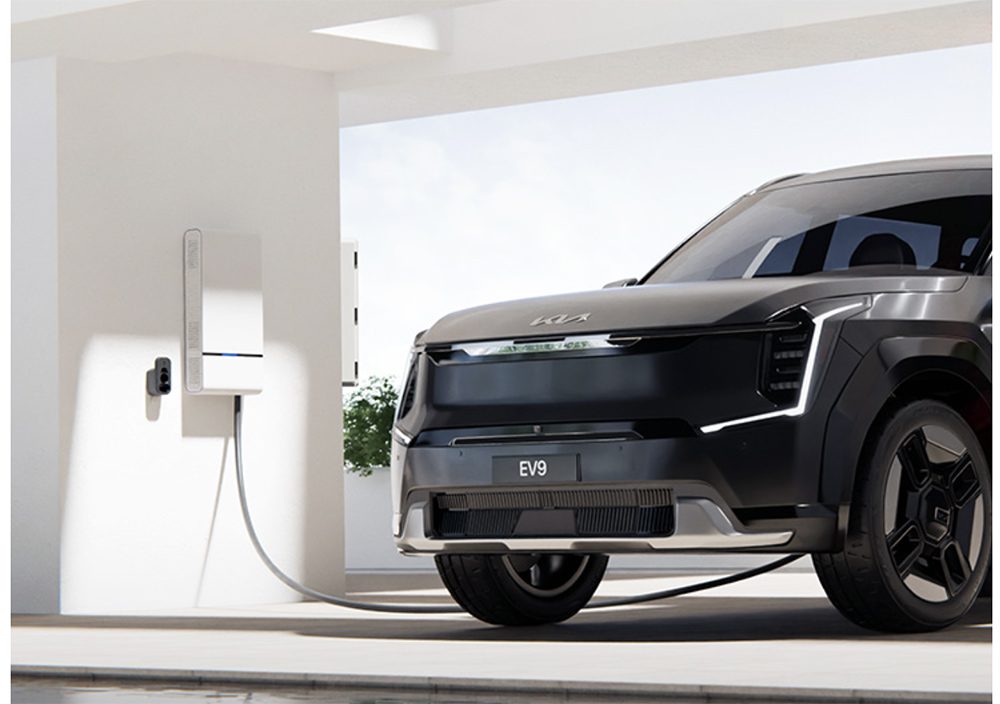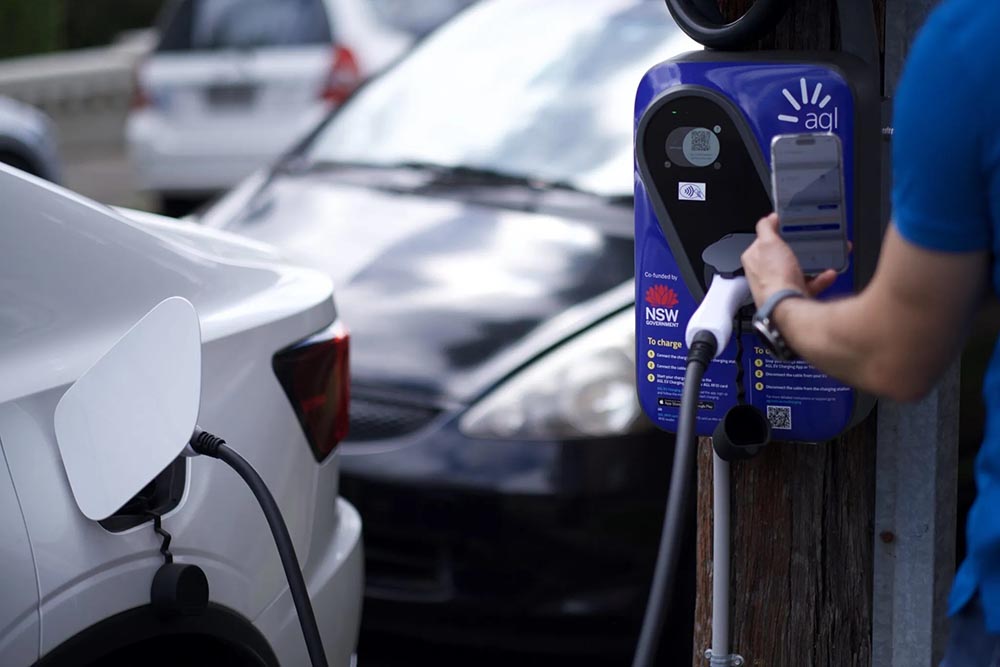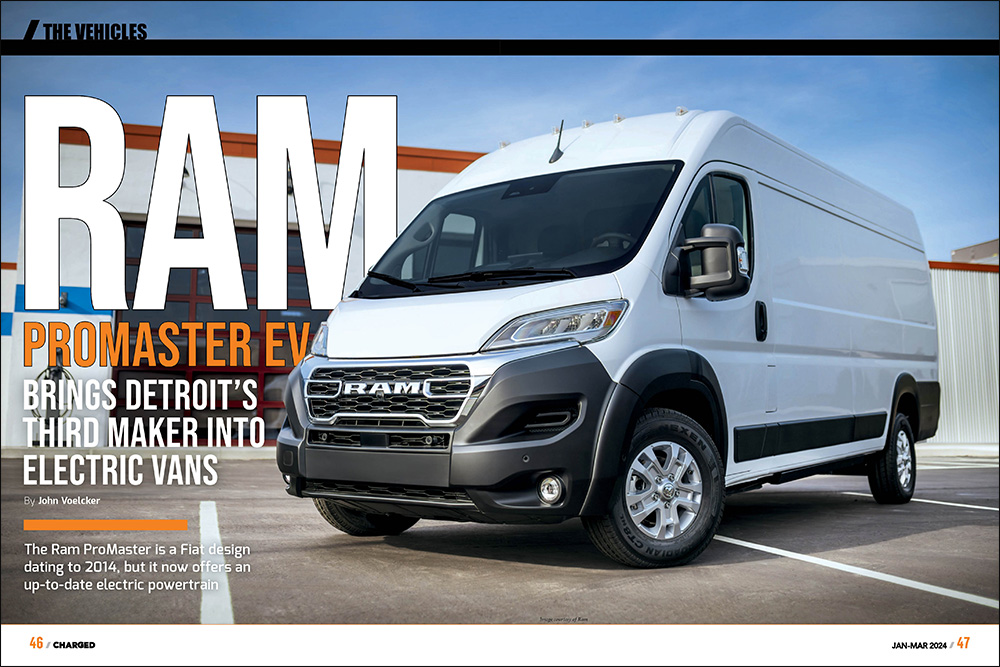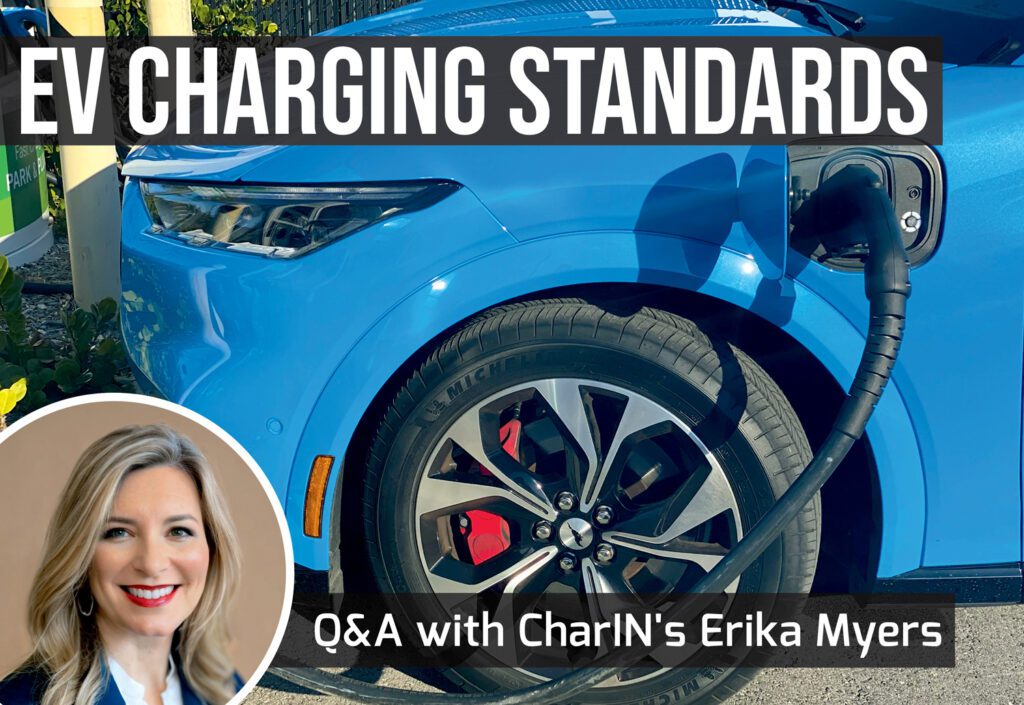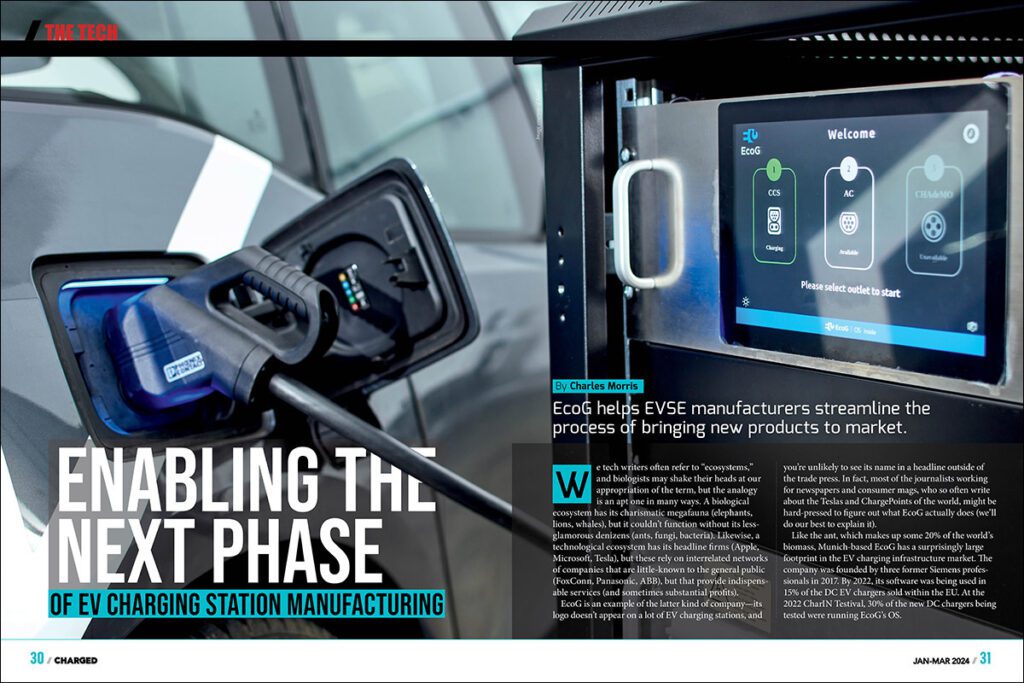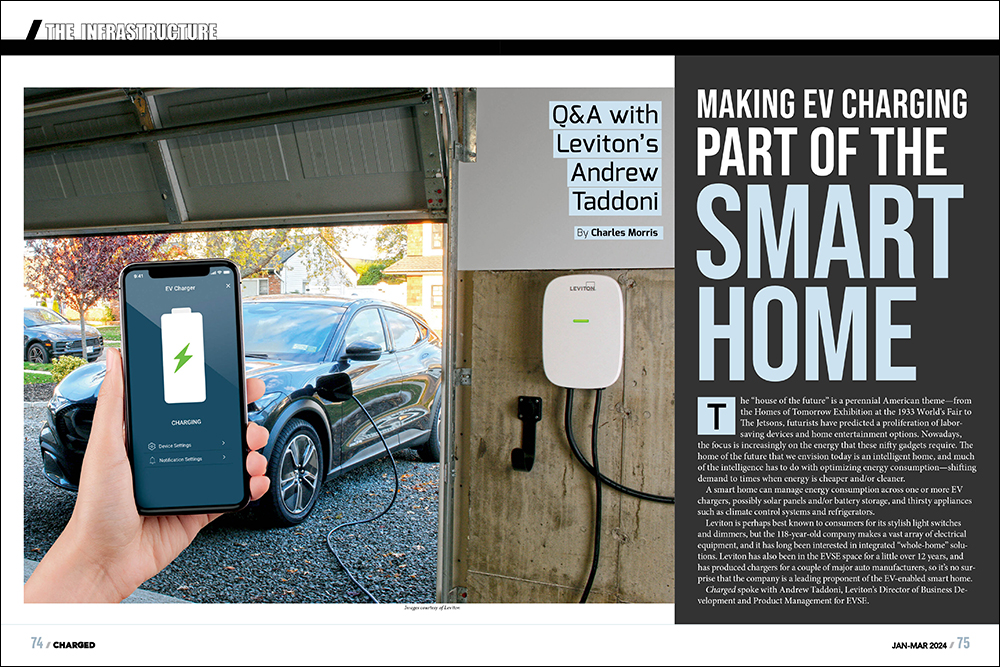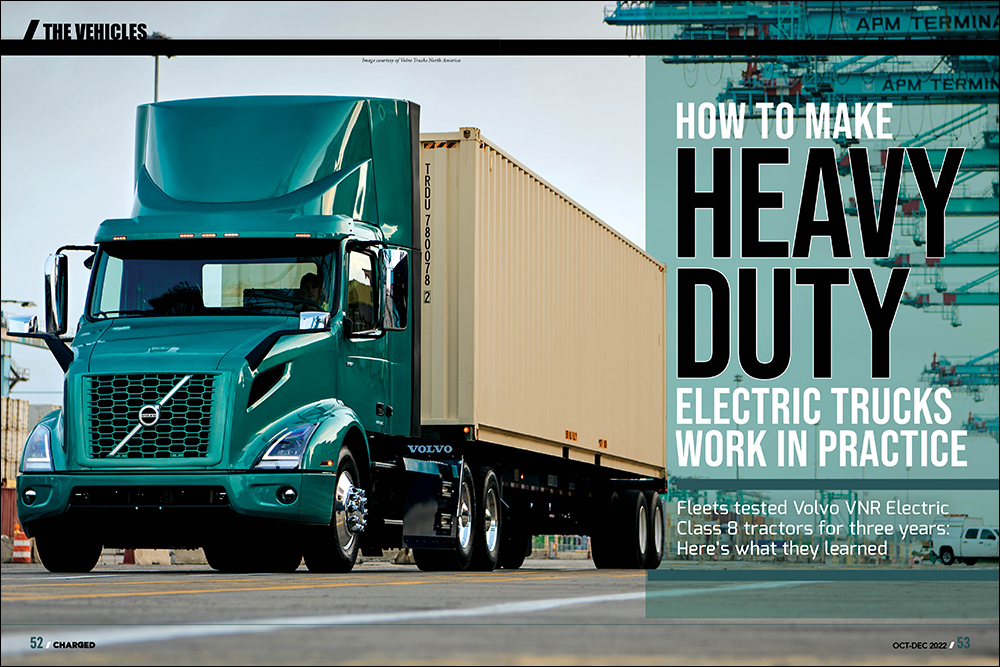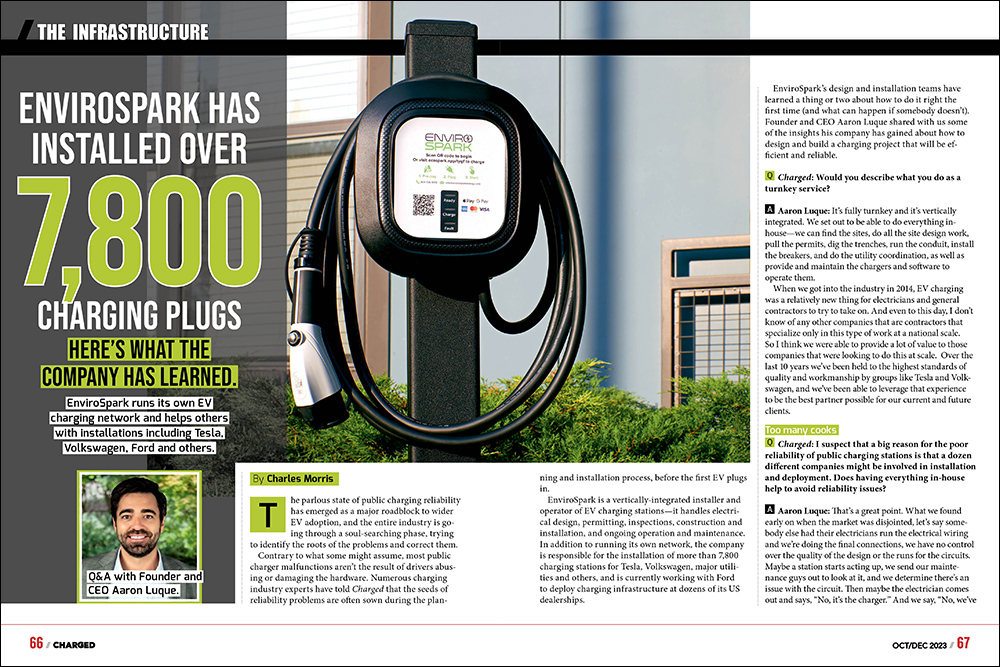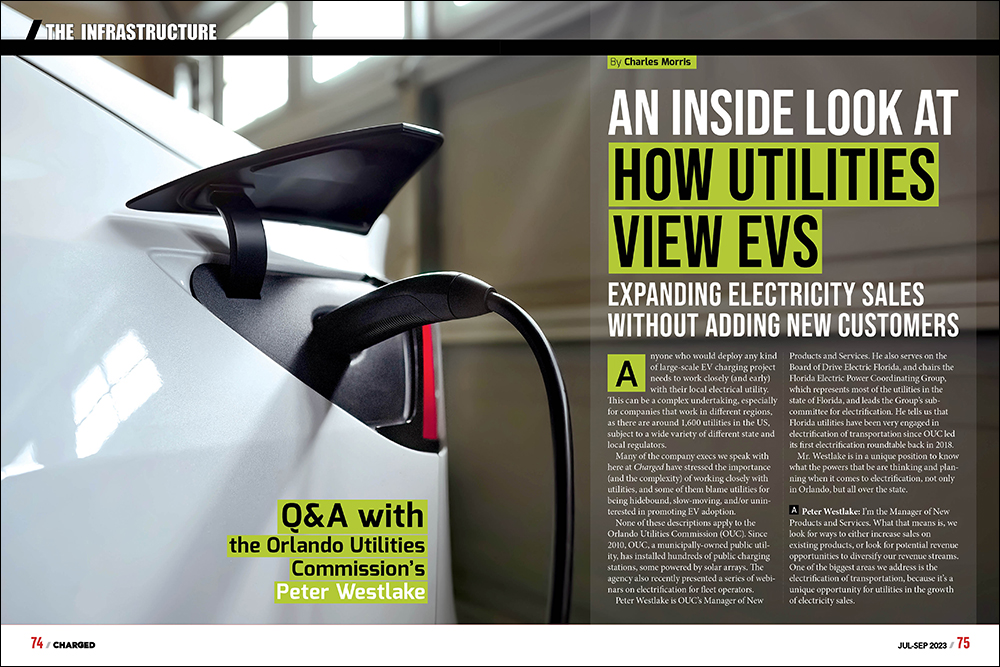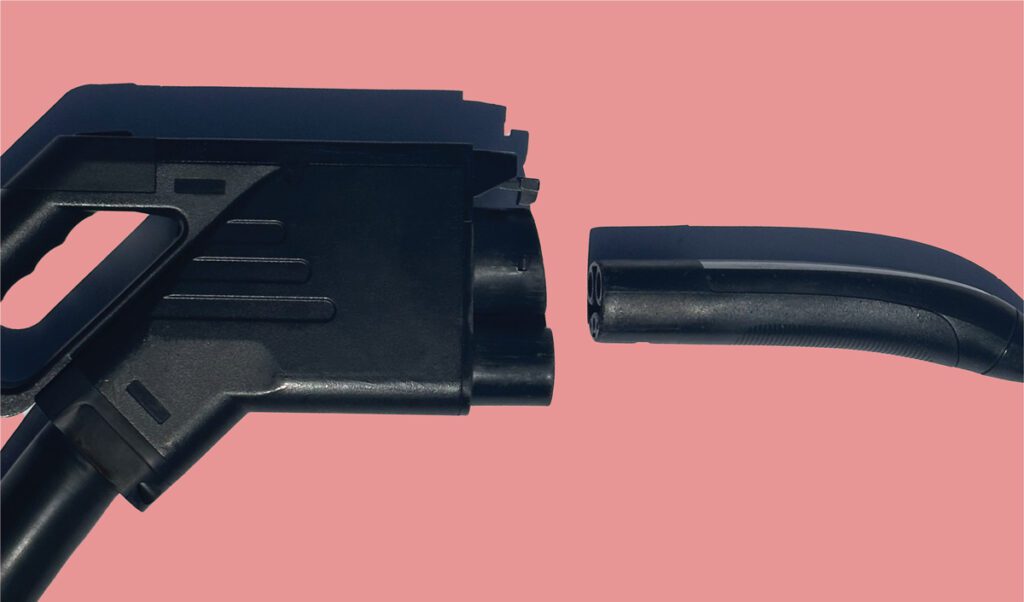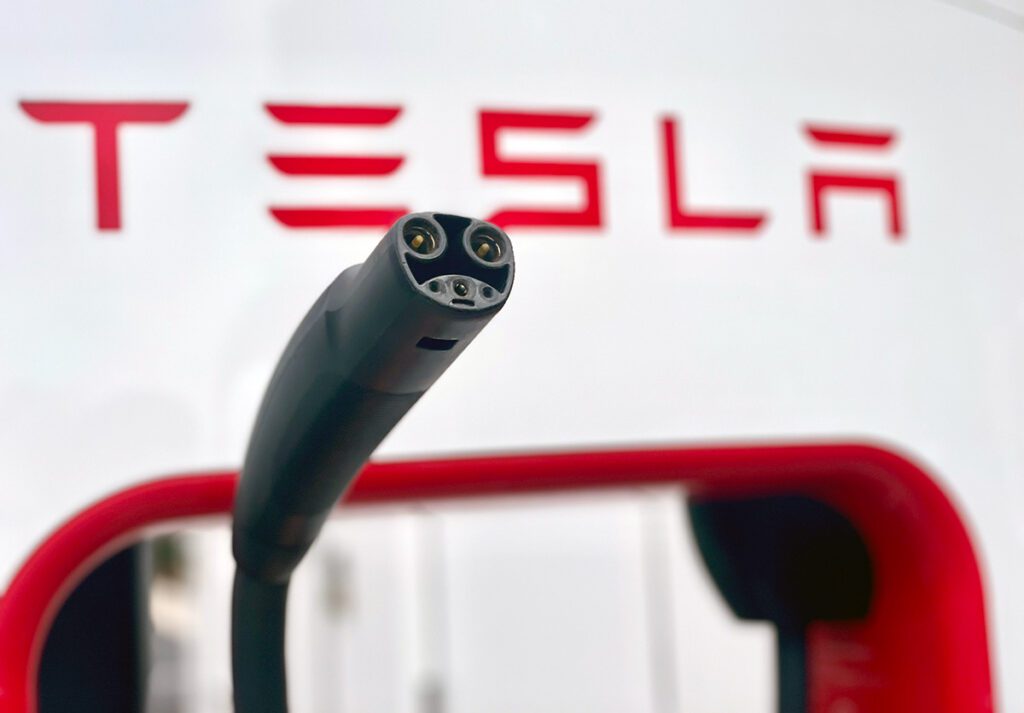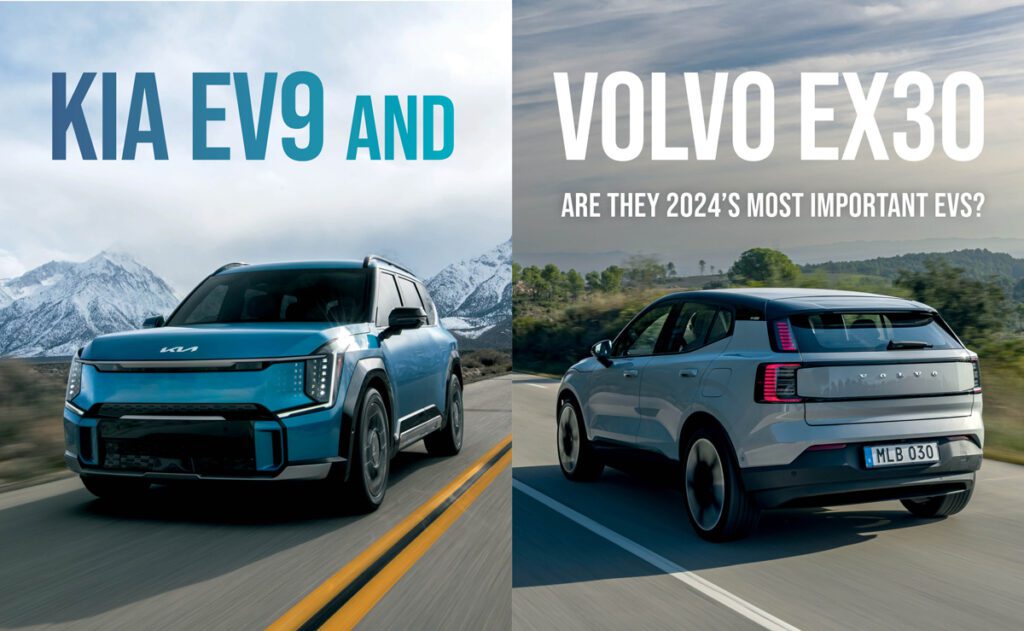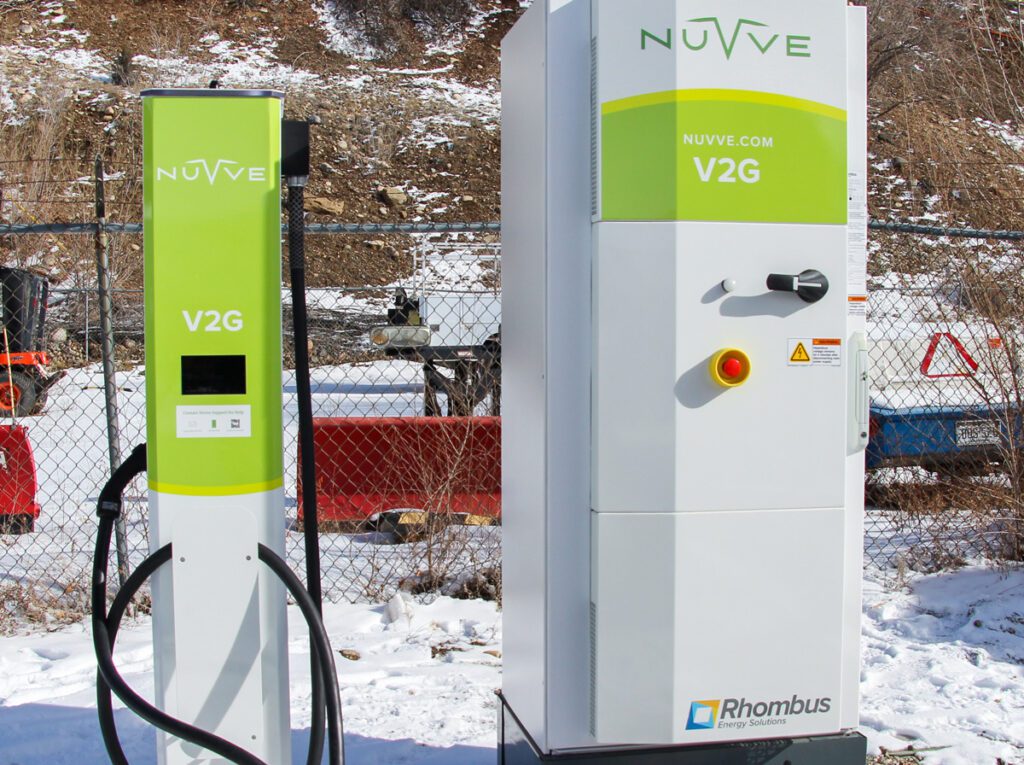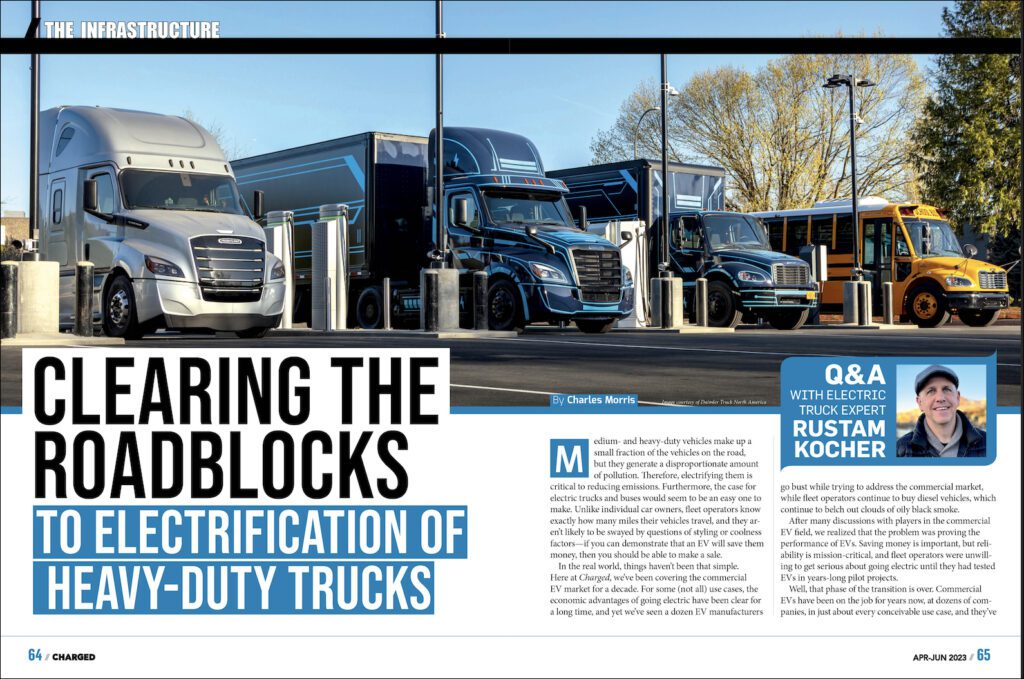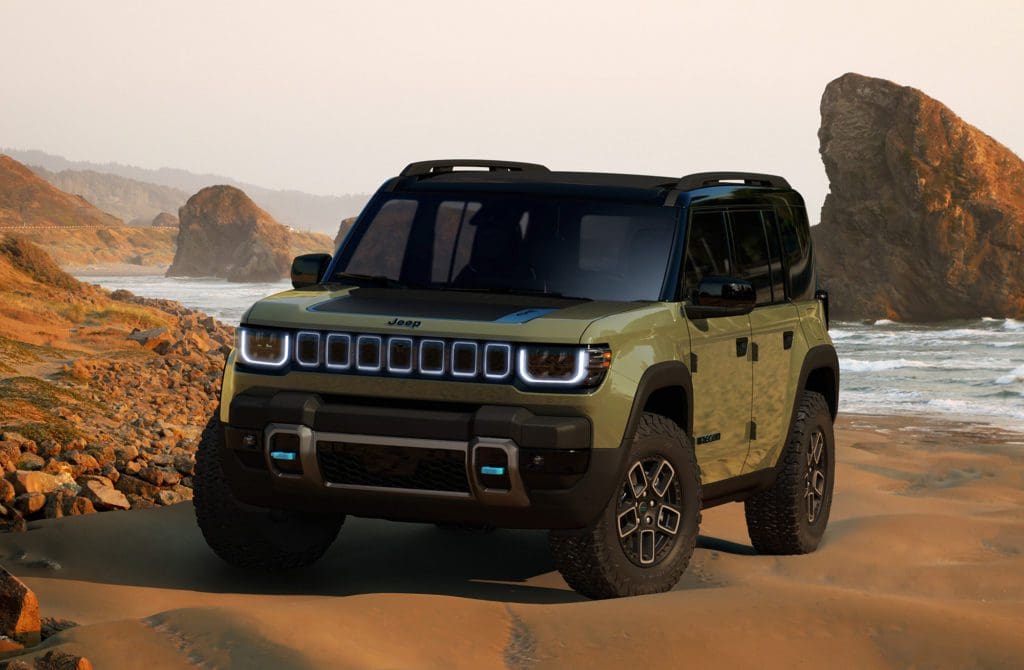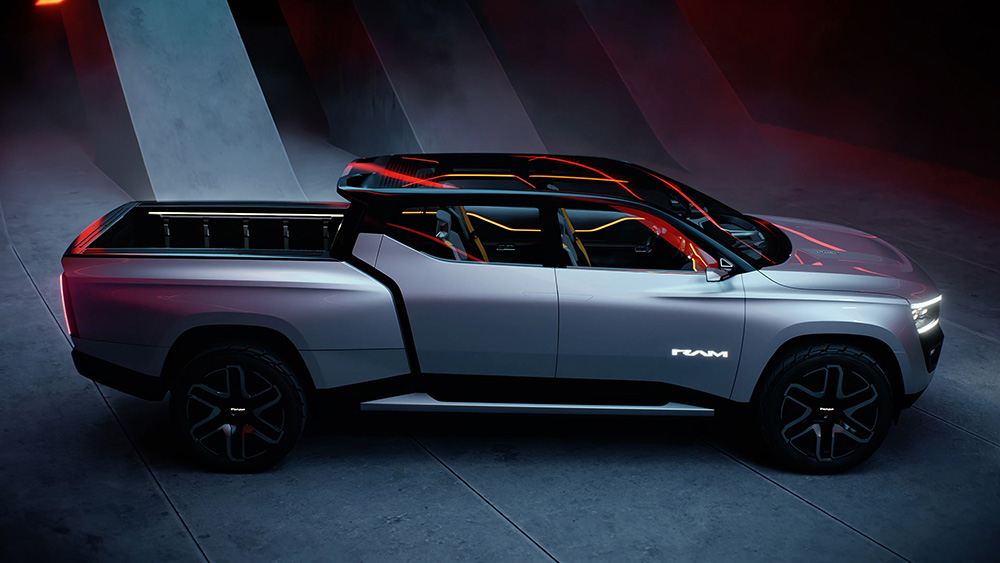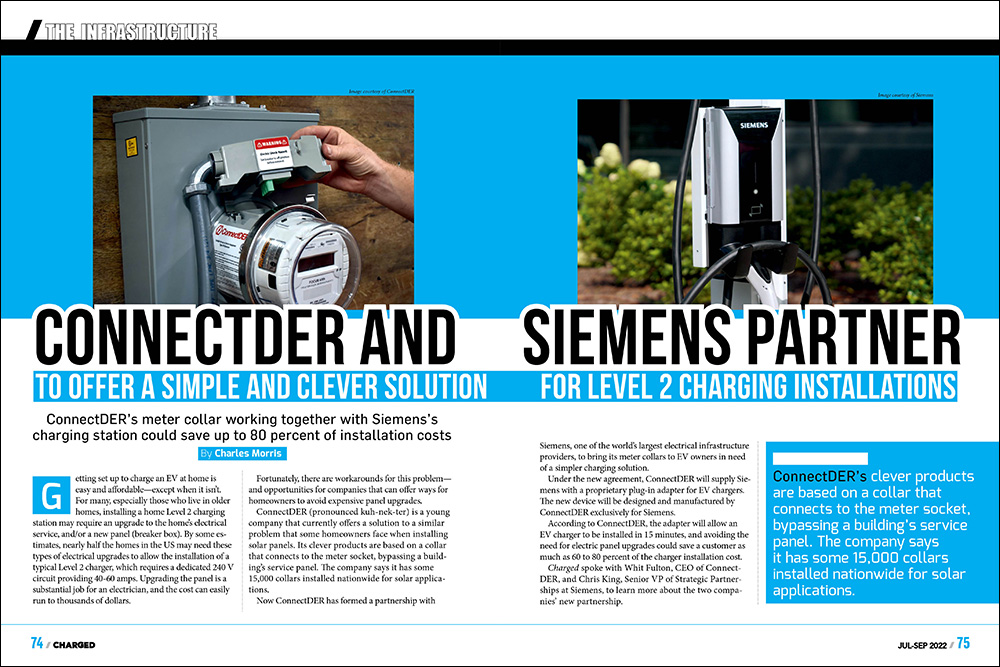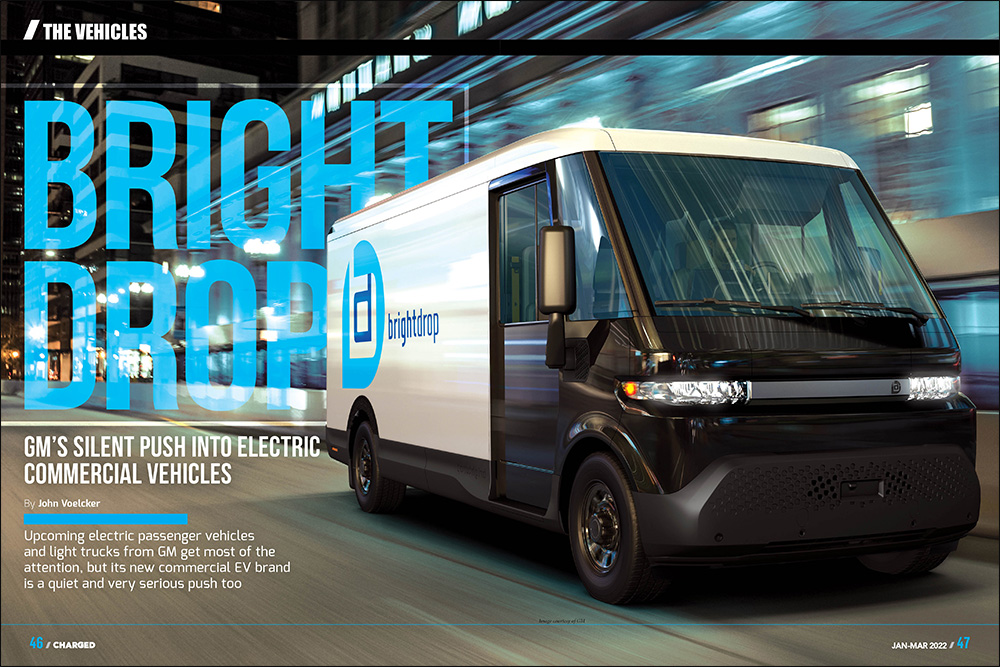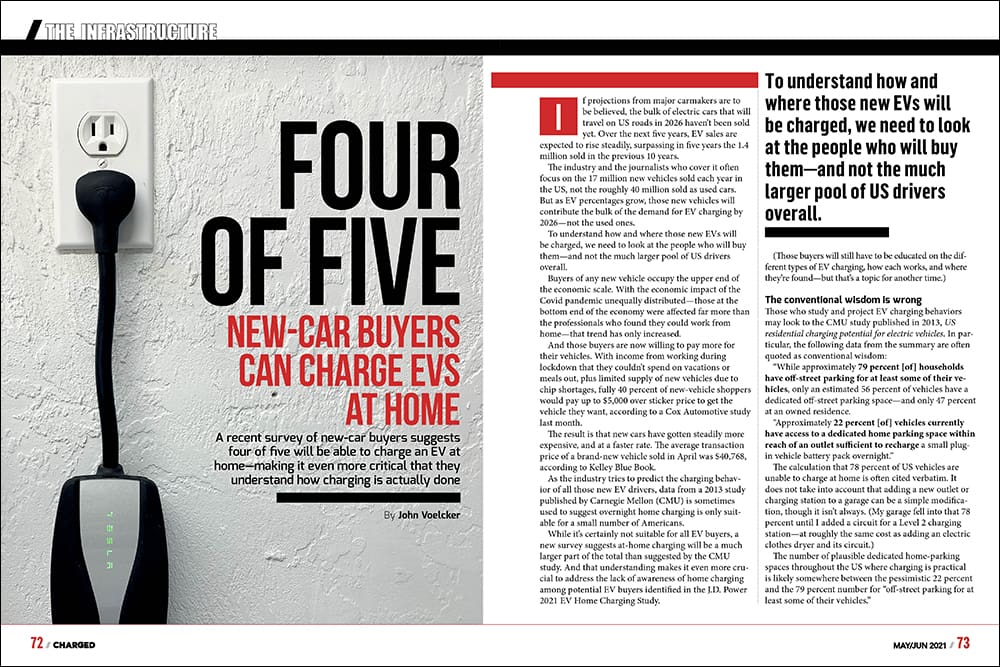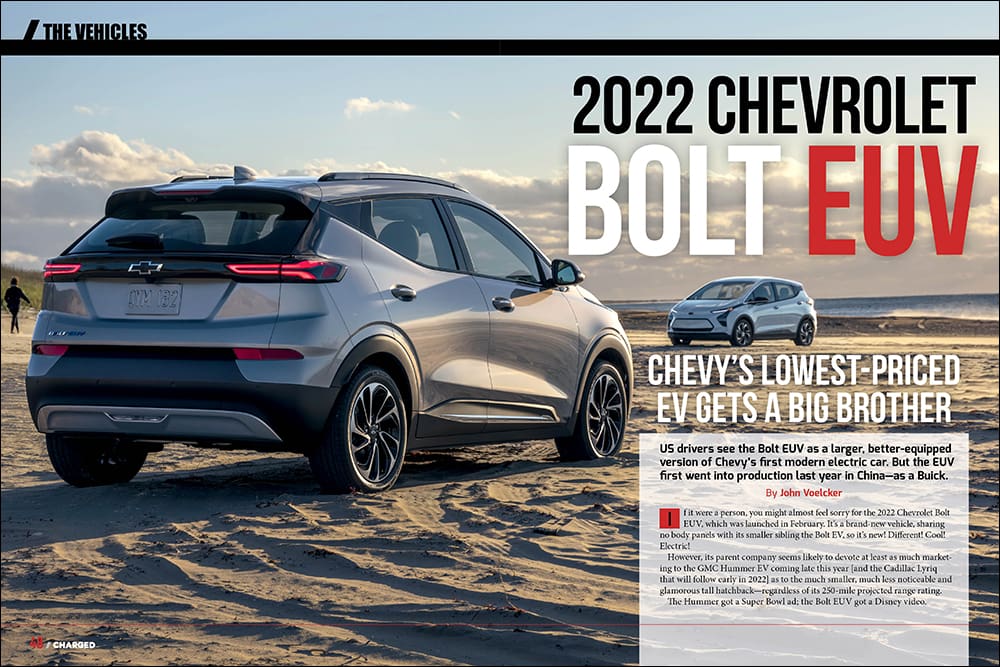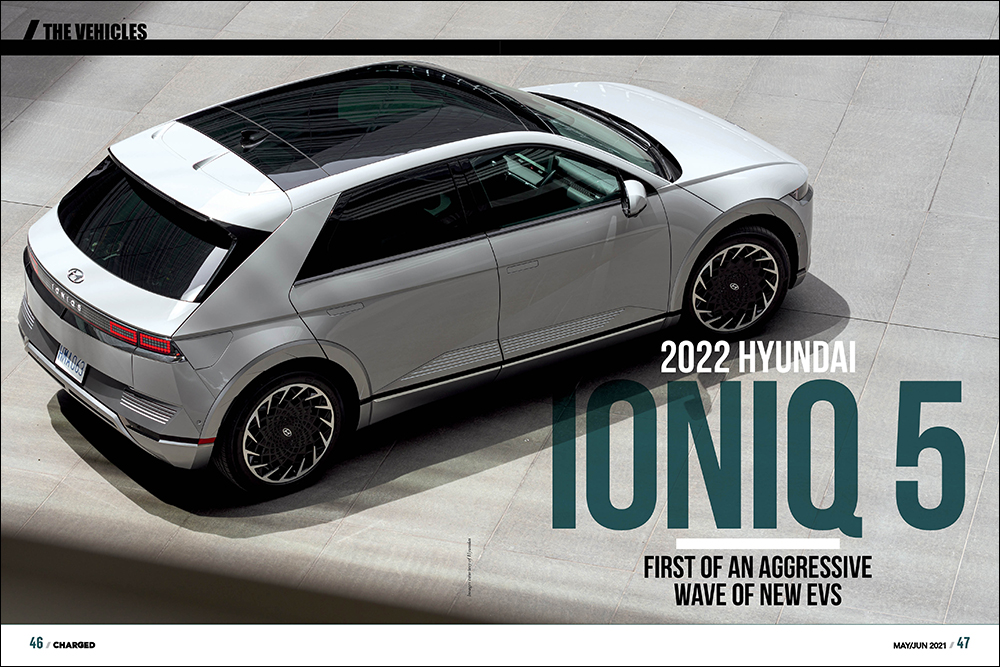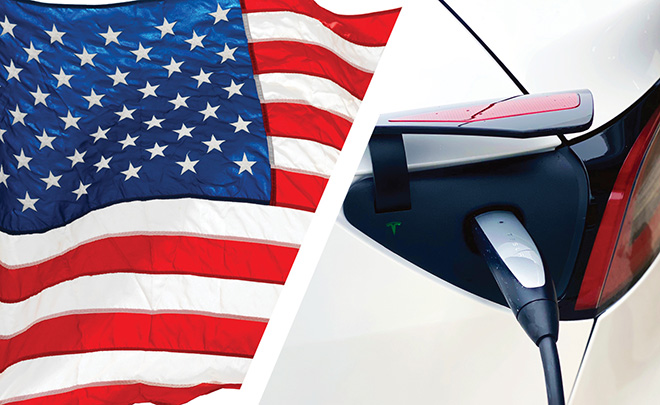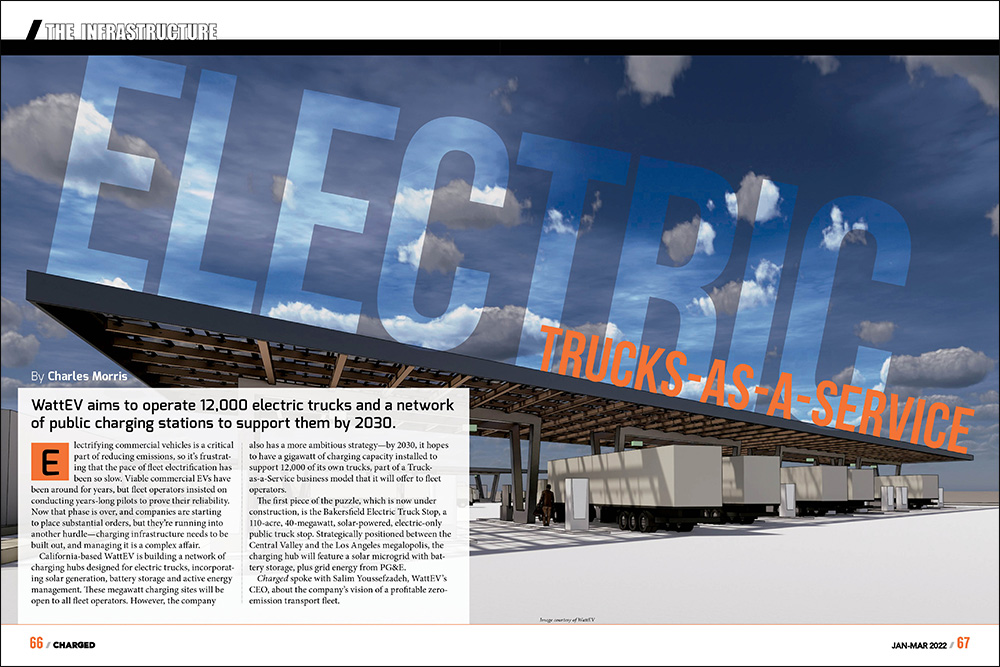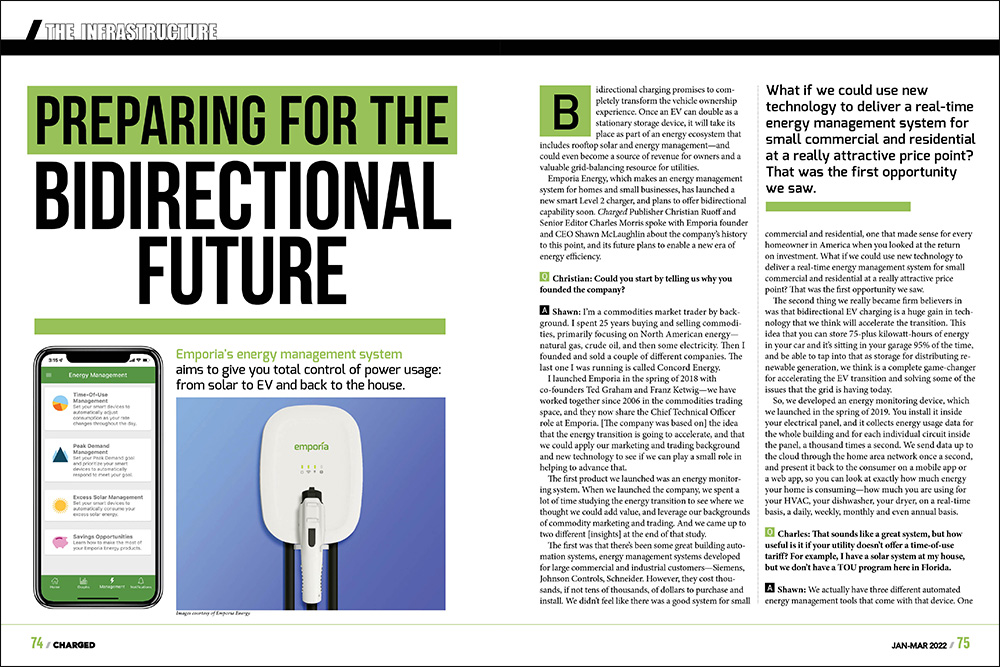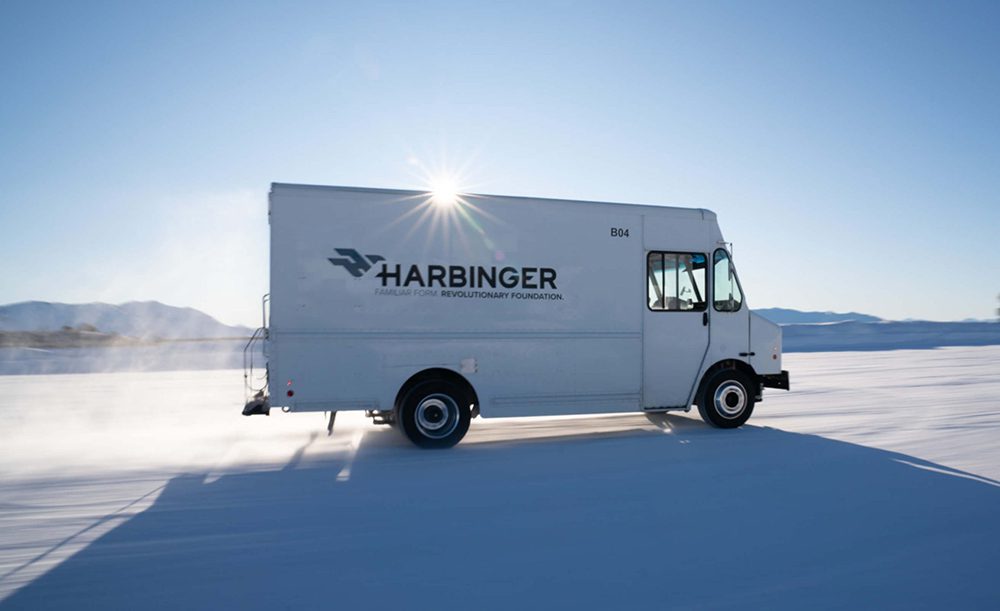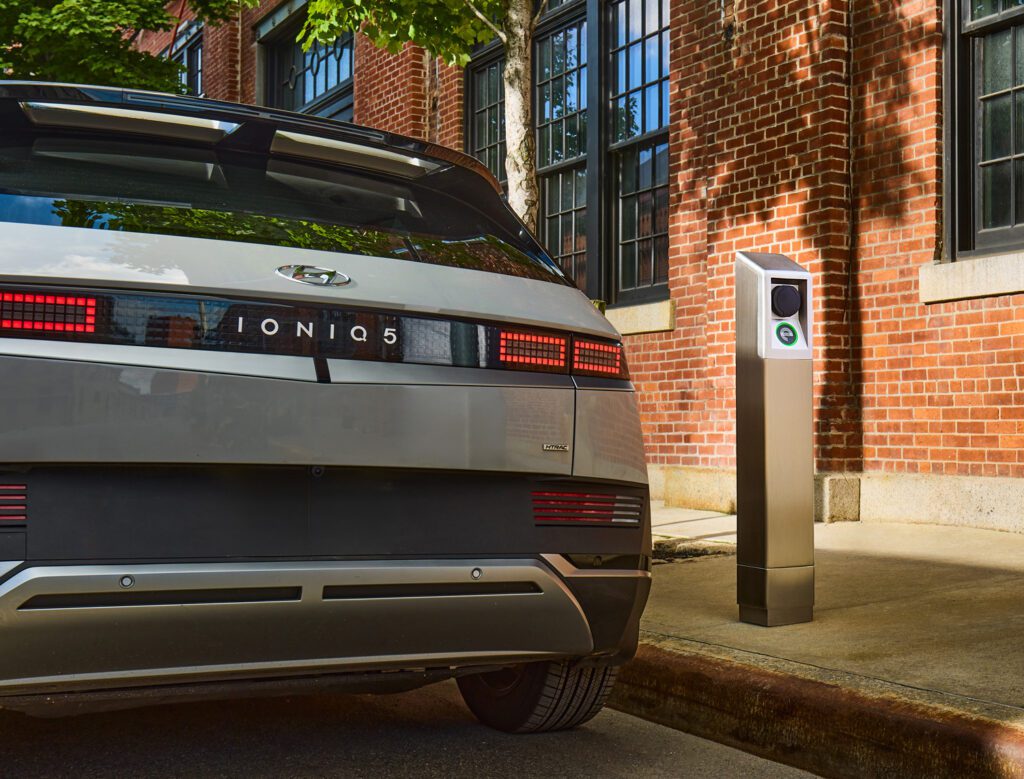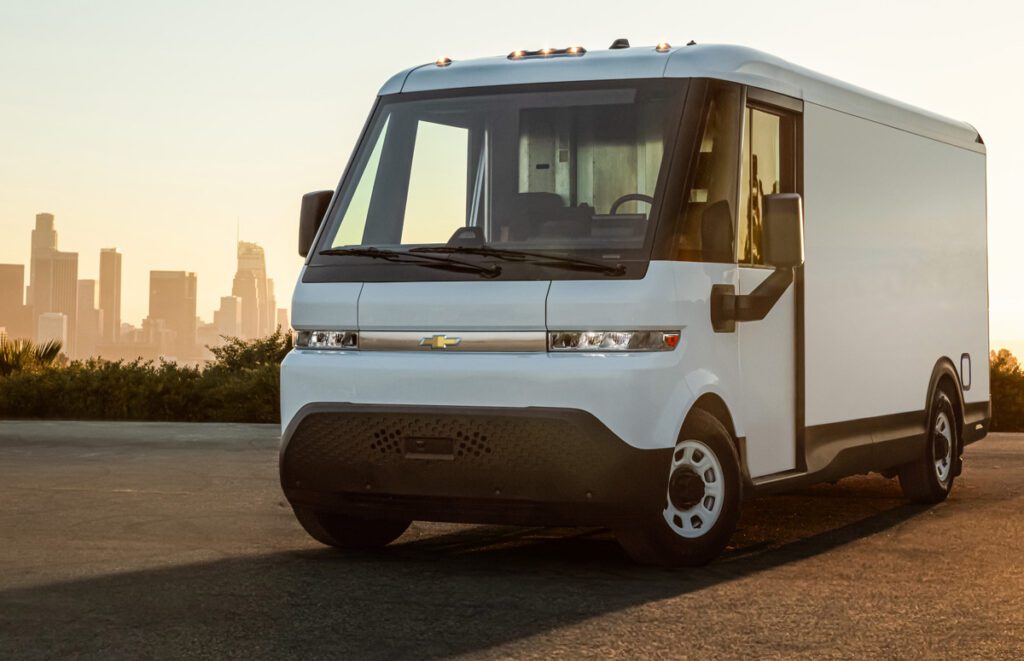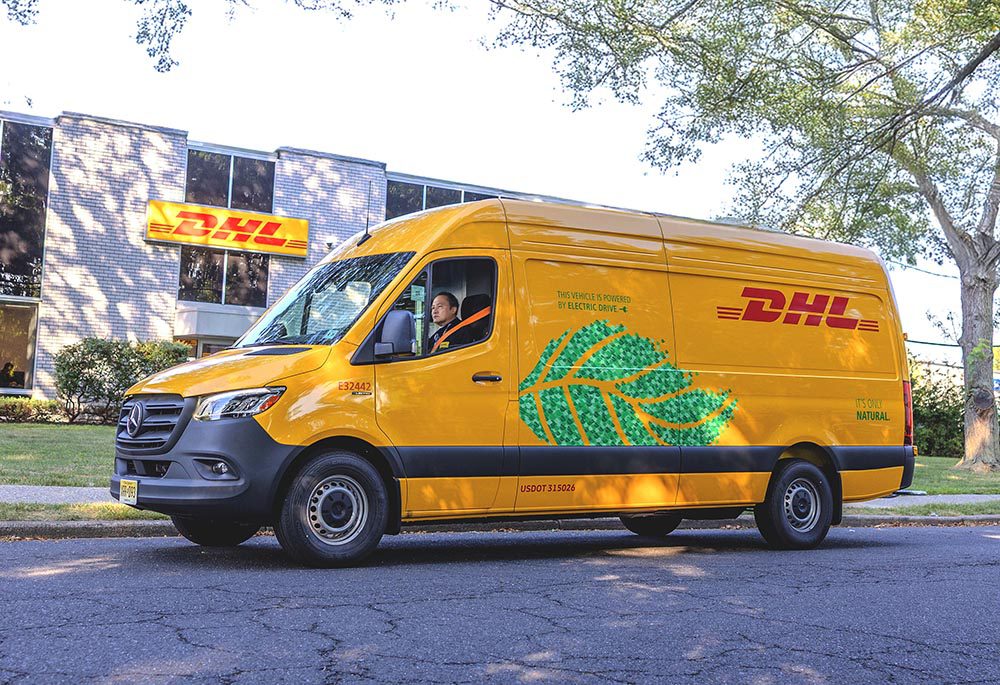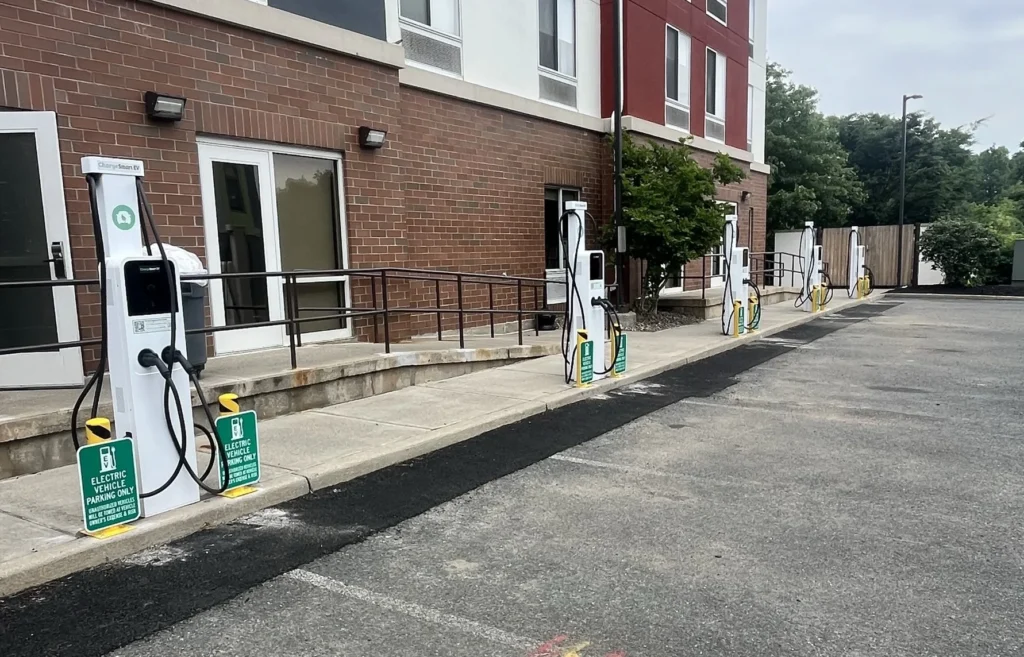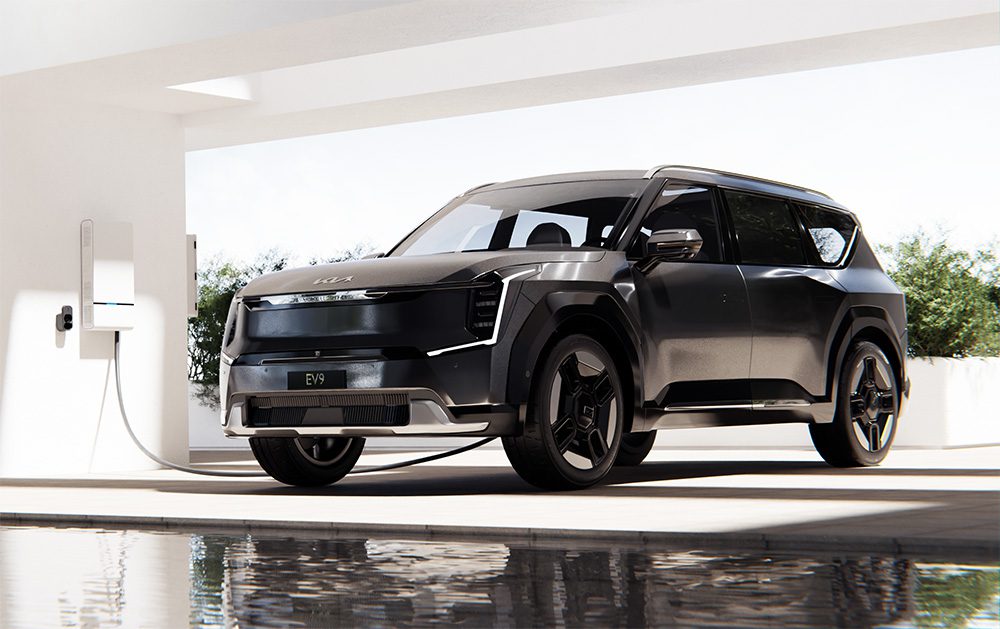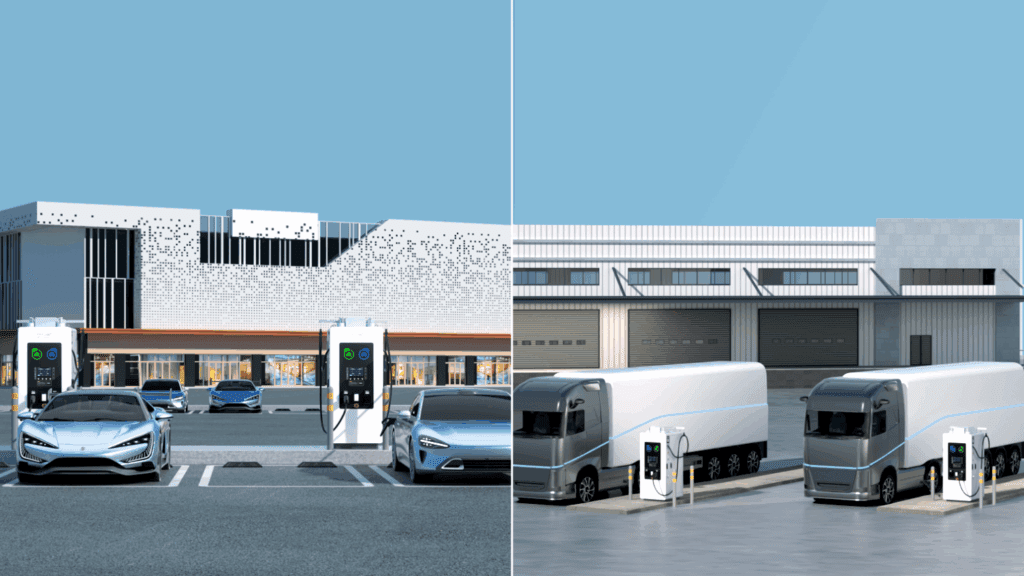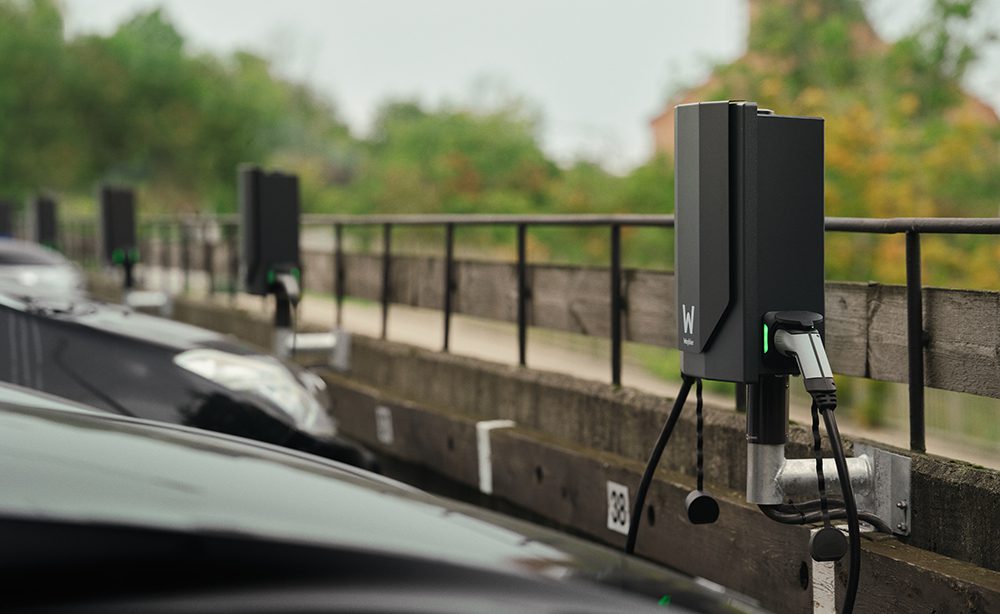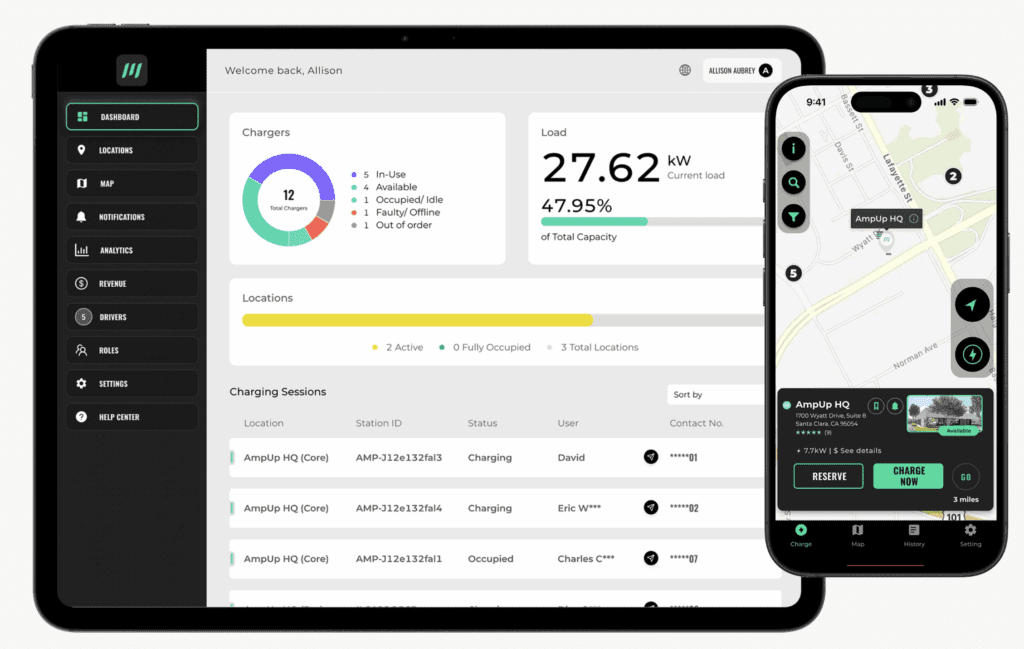A new ferry line operating electric hydrofoil ships started service on Tuesday in Stockholm.
The ferry deployed on this mission by Storstockholms Lokaltrafik, or Greater Stockholm Local Transit, is the Candela P-12 100% electric hydrofoil boat.
The P-12 seats up to 30 passengers, is 39 feet, 4.1 inches (11.99 m) in length and has a 14-foot, 8.4-inch (4.5 m) beam. It displaces 11.02 tons (10 metric tonnes).
Some 25 commuters in Ekerö, an island of almost 12,000 inhabitants in the environs of Stockholm, boarded the Nova P-12 ferry, the first of four ordered by Storstockholms Lokaltrafik. The Nova skimmed along about 3 feet (1 m) above the surface of the water, covering the nine miles (15 km) it takes to reach Stockholm’s City Hall in just 30 minutes. The morning commute on the regular diesel-powered ferry line takes 45 minutes without stops. The Nova also consumes 80% less energy than the diesel ferry that used to operate this route, Candela officials said. It is not subject to the 12-knot speed limit imposed on other watercraft because it has no wake, thereby allowing it to complete journeys in less time than ICE-powered boats.
“We are doing this to show the way in the green transition at sea,” Gustav Hemming, the city councilor in charge of climate and infrastructure, told reporters. The aim of the nine-month pilot project was to “make more people park their cars and buy a (public transit) card instead.”
Candela CEO Gustav Hasselkrog didn’t mince words when it came to pointing out the justification for moving away from ICE-powered ferries.
“Conventional ships haven’t evolved much in 100 years and are among the least energy-efficient transport modes, only rivaled by a battle tank,” Hasselkrog said.
According to Storstockholms Lokaltrafik, travel by boat is the fastest-growing mode of public transit in the city—some 6.2 million boat journeys made in 2022, and the transit agency is looking at adding more ferries such as the P-12.
The P-12 ferry was “designed with both passengers and the environment in mind,” Hasselkrog said, and added that it offers “a very enjoyable experience without taxing the environment with wakes, emissions and noise.”
A life-cycle analysis performed at the Kungliga Tekniska högskolan, or the Royal Institute of Technology, in Stockholm, titled “Electric Hydrofoil Boats Beat Diesel Boats for Climate Sustainability,” suggests that a Candela P-12 will emit 97.5% less CO2 during its lifetime than a conventional diesel vessel of the same size.
In September, a crew from Candela set a world record by piloting a hydrofoiling Candela C-8 between Stockholm and the Finnish autonomous region of Åsland. The journey marked the first time an electric boat had crossed the Baltic Sea.
“The aim was to demonstrate that zero-emission sea travel is not only possible today, but that foiling electric ships and boats are so much cheaper to operate than fossil-fueled vessels,” Hasselkrog said.
There was some range anxiety during this trip, but it was not caused by the C-8. “The irony is that the photographer’s gasoline-powered chase boat had to refuel six times during the trip [to Åland and back], while we only charged three times,” said Hasselkrog.
The round-trip Baltic crossing largely took advantage of existing charging infrastructure, and was assisted by Finland-headquartered Empower, a charging solutions provider. The trip began in Frihamn, a neighborhood in Malmö, and continued to Kapellskär, a port city 60 miles (90 km) north of Stockholm, where the C-8 was recharged with a 40-kW Kempower wheeled charger that was connected to the harbor’s power grid. In Mariehamn, the boat was plugged into the marina’s three-phase outlet for charging. The same day at 6 pm, the C-8 team departed Åsland, piloting the boat back toward Sweden and stopping to top up the charge in Kapellskär. The voyage continued despite dense fog and arrived in Frihamn at 11:30 pm.
Source: Candela
